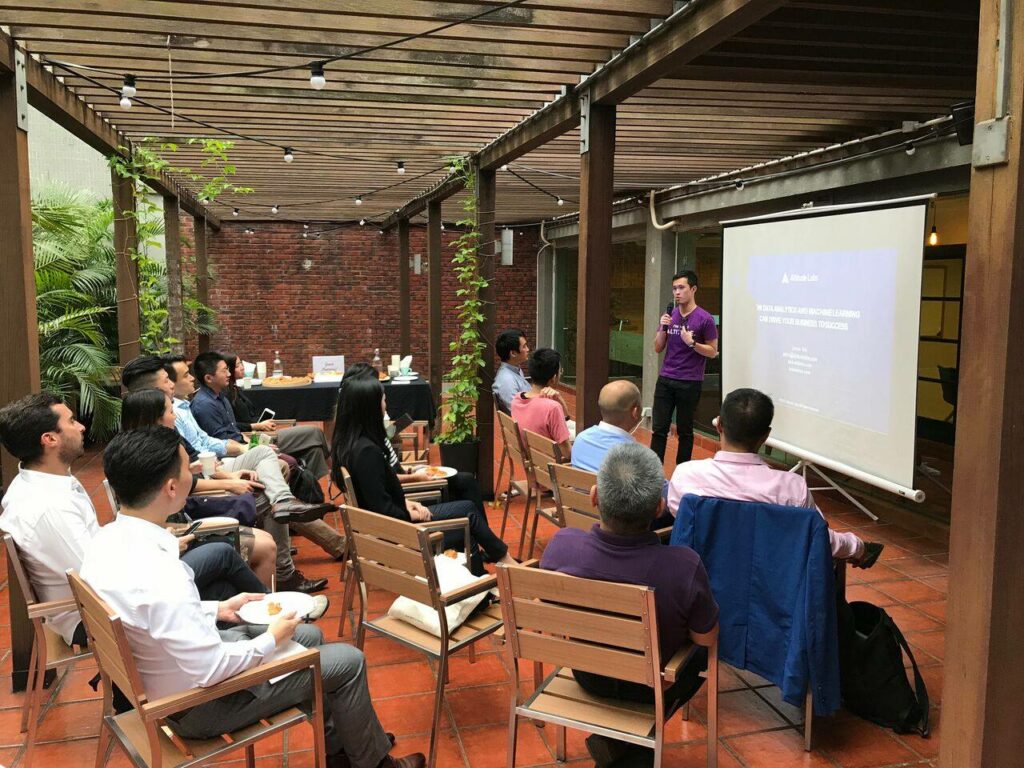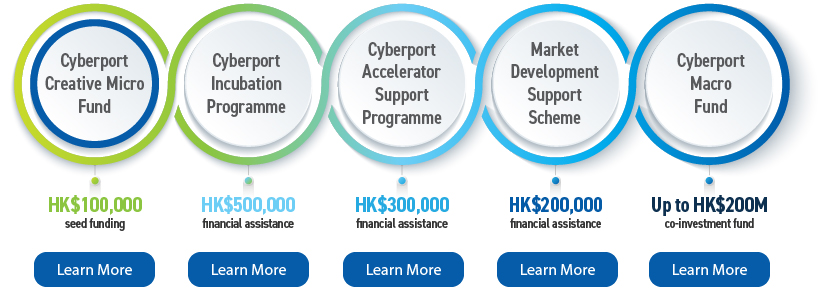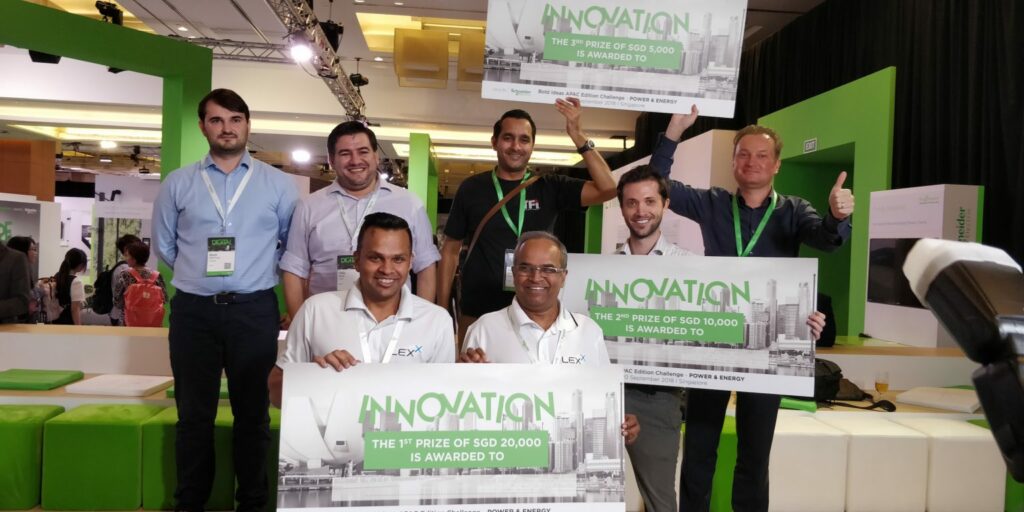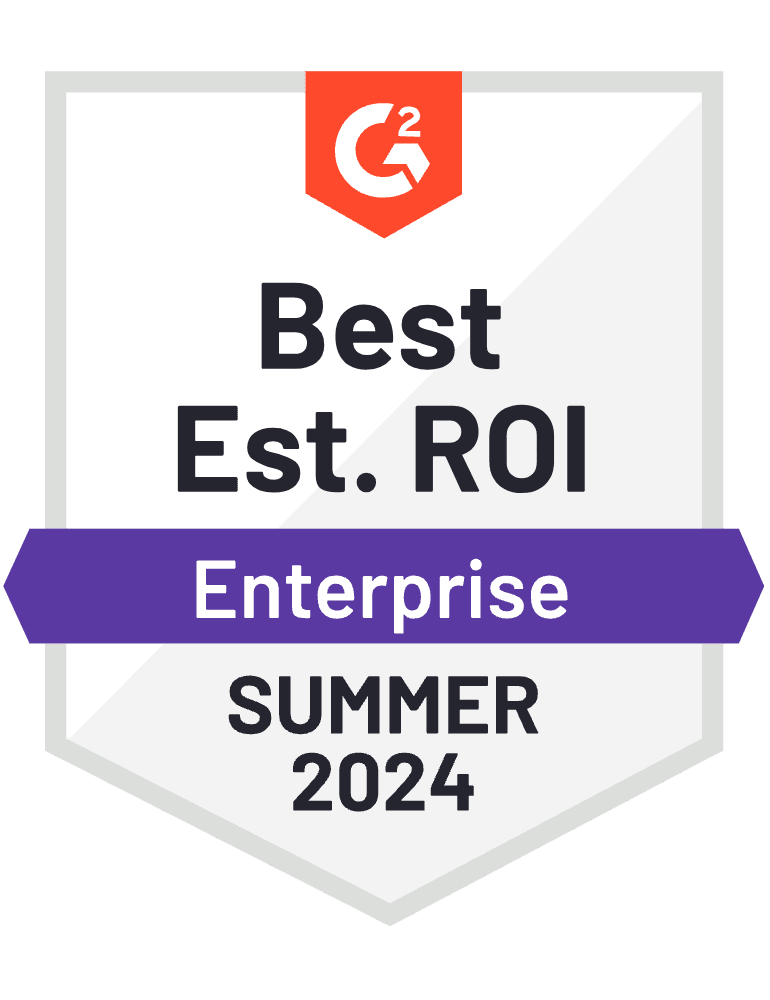Powered by digitalization, entrepreneurial spirit and the agility to pivot swiftly, startups are seen as potential partners for corporations across all sectors to engage.
For innovative initiatives in particular, more corporations find it far more valuable to leverage the innovative technology that startups have developed through mutually beneficial engagement models.
Yet, in all of these initiatives, a major roadblock remains. How do big brands identify the right method to partner with startups in the first place?
This article identifies the 8 common types of corporate and startup engagement models, each being illustrated with benefits, limitations, and examples. Weigh the pros and cons of each method and select the right model to start the engagement journey.
By the way, on a connected topic, we recently published our Venture Clienting Guide.
1. Sponsorship
The corporation sponsors a specific event to engage with the startup ecosystem.
Pros:
- Brand awareness
- Gain access to events that expose the corporation to the startup ecosystem
Cons:
- Difficulty to track tangible benefit
- Fixed timeline
- Difficulty in tailoring given the many other sponsors
- Minimal exposure to a large pool of startups of a certain quality/caliber
- No clear path to developing new lines of revenue for the corporate sponsor
Examples:
Read more on Sponsoring and Disrupting: How to Achieve Breakthrough Innovation
2. Reverse Pitching
Corporations host events to pitch their problem statements, business and operations challenges, and ways they’d like to address these, enabling the startup to propose solutions.
Pros:
- Quick sourcing of potential solutions to a real-life challenge
- Relationship-building with startups
- Increased brand awareness within the startup ecosystem
Cons:
- Limited pool of startups
- Limited to the time and place where the reverse pitching takes place
- Poor problem definition
- Focus on incremental innovation
Examples:
3. Mentoring
The corporation provides resources through mentorship programs, thus creating sustainable relationships with startups.
Pros:
- Exposure to emerging tech and talent
- Identify investment opportunities and potential collaborations
- Giving back to the startup community
Cons:
- Little tangible benefits that come out in the early stages
- Considerable effort for an unpredictable ROI
Examples:
- Tory Burch Foundation Mentorship Program
- UW HCDE & Microsoft Mentor Program
- Enterprise Singapore Scale-up SG

4. Third-Party Accelerator Program/Incubator
A startup accelerator is an organization created by experienced entrepreneurs to help early-stage companies develop their product, hone their business model, and connect with investors.
Pros:
- Immediate access to a pool of well-coached startups
- Easy scouting thanks to industry-segmented programs
Cons:
- No set timeline without clearly defined structure or expectations
- Not adapted to the corporation’s specific needs
Examples:

5. Corporate Accelerator Program/ Incubator
An incubator or accelerator that is run by a corporation aims at developing potentially profitable ideas and offers supportive environments for entrepreneurs, startups, and scale-ups. Whether it’s from inside or outside the company.
Pros:
- Tailored to your needs and pain points
- Chance to drive the solutions of the startups into a direction that will benefit your corporation
Cons:
- Requires a considerable amount of time and effort to source relevant startups
- Limited in terms of change management as it is often isolated from the rest of the company
- Difficulty to find the right talent to run the accelerator/ incubator
- Hard to generate business cases
- High overall cost
Examples:
6. Corporate Venturing
Corporate Venturing is the practice of investing corporate funds into external startups. The goal is to gain strategic competitive advantage and potential financial returns.
Pros:
- Have deal-making authority
- Diversify from the corporation’s core activities
- Build relationships with the ecosystem and gain exposure to emerging tech and talent
- Steer the direction of the startups
- Secure technology
- Gain synergies
Cons:
- May not be a part of a company’s short- and middle-term goal especially in times of economic downturn
Examples:

7. Open Innovation Challenge
A competition that encourages startups to put forward their most relevant and innovative solutions to solve a corporation’s problem. It can be open to a wide audience of internal and external stakeholders.
Pros:
- High ROI by identifying the best startup acquisition channels
- High participation rates if done right
- Increased brand awareness through exposure to a wide audience
Cons:
- Limited pathways to take ideas to the next step after a challenge
- Depending on the timeframe of the challenge, feasibility and quality of ideas might lower when you’re not sourcing from a high quality pool of innovators
Examples:
- SLINGSHOT 2020 – Startup Competition
- Bold Idea Startup challenge – Schneider Electric
- Global Earth Observation Challenge – Airbus

8. POC, the Venture client approach
These partnerships between corporations and startups take various forms, including investment, incubation, and contracts.
Sometimes, Open Innovation adoption can be slowed because of the fear of uncertain short-term RoI.
As companies sought more agile, effective ways to collaborate with startups, venture clienting
emerged as a new model. Invented by Gregor Gimmy at BMW in 2014, it redefined how corporations
could engage with startups. Instead of merely investing in startups or partnering on a trial basis,
venture clienting positioned corporates as early customers of startup solutions, enabling them to integrate new technologies into their operations for immediate impact directly.
Pros:
- The agility and momentum of startups enable quick moves through product concrete testing, development, and deployment at scale
- Startups’ access to the latest technology enables the creation of industry-leading products
Fosters better customer experience
Cons:
- Companies need to be aware that scouting is key before this approach
- Looks like a good old prevent client-supplier partnership model.
Examples:
What’s next?
After acknowledging the details of each corporate-startup engagement model, you’ll have to weigh the pros and cons of your top choices, and eventually choose the model that best fits your organization.
Make sure you’ve learned about the engagement framework in relation to company objectives and the resources commitment graph of different CSE models before you choose the right model.
FAQ
The common types of corporate-startup engagement models include:
– Sponsorship
– Reverse Pitching
– Mentoring
– Third-Party Accelerator Program/Incubator
– Corporate Accelerator Program/Incubator
– Corporate Venturing
– Open Innovation Challenge
– Partnership/POC
To choose the right model, weigh the pros and cons of each based on your organization’s objectives and resource commitments. Consider factors such as brand awareness, access to startups, scalability, and the innovation potential.











